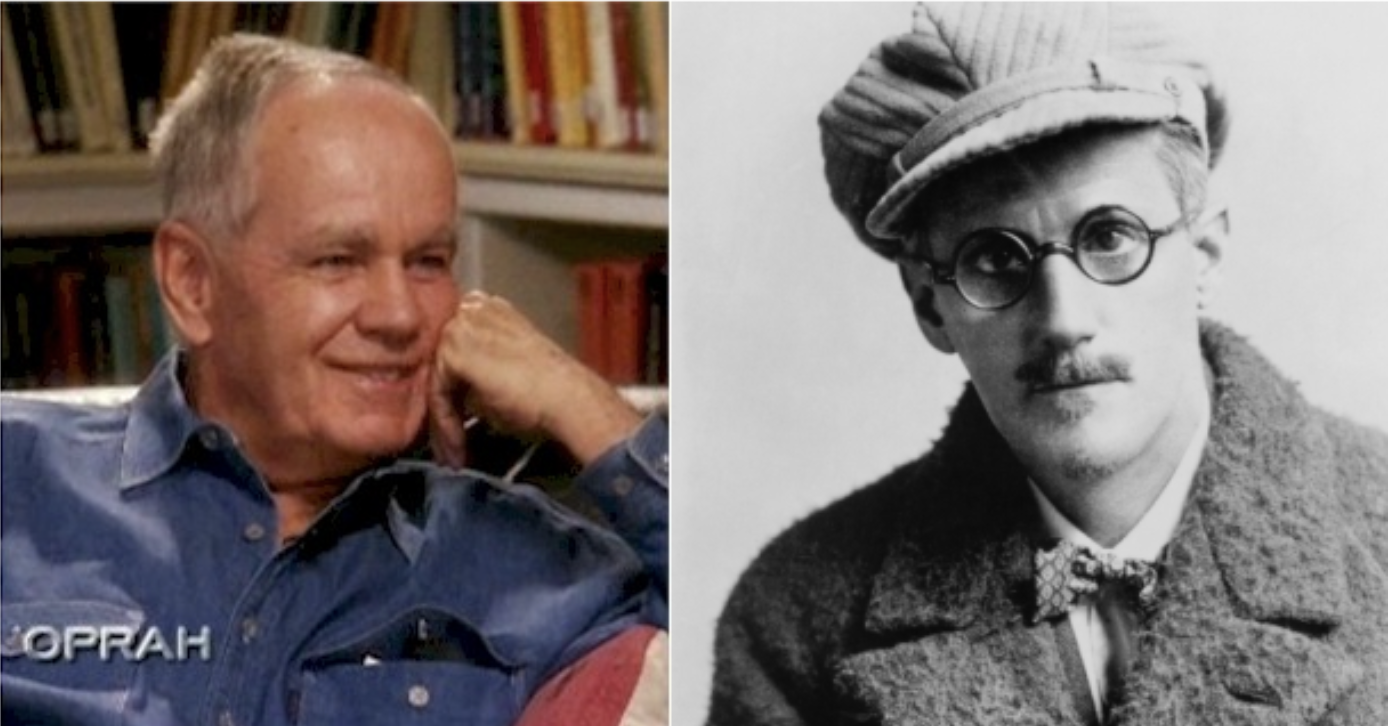I will die from the heat, take me home. I will make my own Pool. — Henri Matisse
Representing water is an elusive proposition for many artists, especially when it’s not posing placidly on a windless, moonlit evening.
In the summer of 1952, Henri Matisse headed to a favorite Cannes swimming pool with his studio assistant (and favored model), Lydia Delectorskaya.
Shortly after their arrival, the octogenarian became overwhelmed by the heat, and the two doubled back to his home in Nice, where he instructed Delectorskaya to pin white paper to the burlap wall treatment of his dining room, until it ringed the room at head level.
This tabula rasa became the pool that he filled with swimmers, divers and marine creatures he cut from paper his assistants had colored ultramarine blue with gouache.
His shapes were both simple and evocative, suggesting all the exuberant lifeforms splashing in a swimming pool on a sweltering summer’s day.
They adorned the walls of his dining room until his death, two years later.
His widow supervised its removal, making sure that the placement of the individual cut outs could be duplicated on fresh white paper pinned to new burlap panels.
The Museum of Modern Art acquired The Swimming Pool, Matisse’s first and only self-contained, site-specific cut-out in 1975, exhibiting it to great acclaim.
Welcome summer by taking a stroll through the installation with membership guest specialist Josephine McReynolds, above.
McReynolds, a 2019 graduate of the University of Texas, finds in the work a blurring of the boundaries between early childhood and old age, drawing on our collective memories of summer to “provide the life force in this pool.”
While we’re at it, we should thank MoMA’s conservators for their efforts to restore and preserve The Swimming Pool after determining it had suffered extreme damage from the acidity of the burlap, and exposure to light and atmospheric pollution.
Senior conservator Karl Buchberg estimates that it took some 2000 hours just to separate the paper elements from the burlap using a scalpel, rotary tool, and, in places, dismantling the burlap strand by strand by pulling on individual threads.
The conservators restored the color balance to the best of their abilities and reinstalled the work at its intended height, in a configuration that mimics the architecture of the Matisses’ dining room.
Read more about the conservation of Matisse’s The Swimming Pool here.
– Ayun Halliday is the Chief Primatologist of the East Village Inky zine and author, most recently, of Creative, Not Famous: The Small Potato Manifesto and Creative, Not Famous Activity Book. Follow her @AyunHalliday.


